Galerija Meštrović in Split, Croatia is home to the great artistic works of Ivan Meštrović. His expertise was intricate carved sculptures in marble, bronze, and wood. The building was designed by Meštrović and meant to be his family’s summer residence, his personal studio, and an exhibition space. The interior of the Galerija is currently under renovations and is closed to the public until further notice. However, the surrounding Mediterranean garden and nearby church and chapel are still open to the public for half price admission.
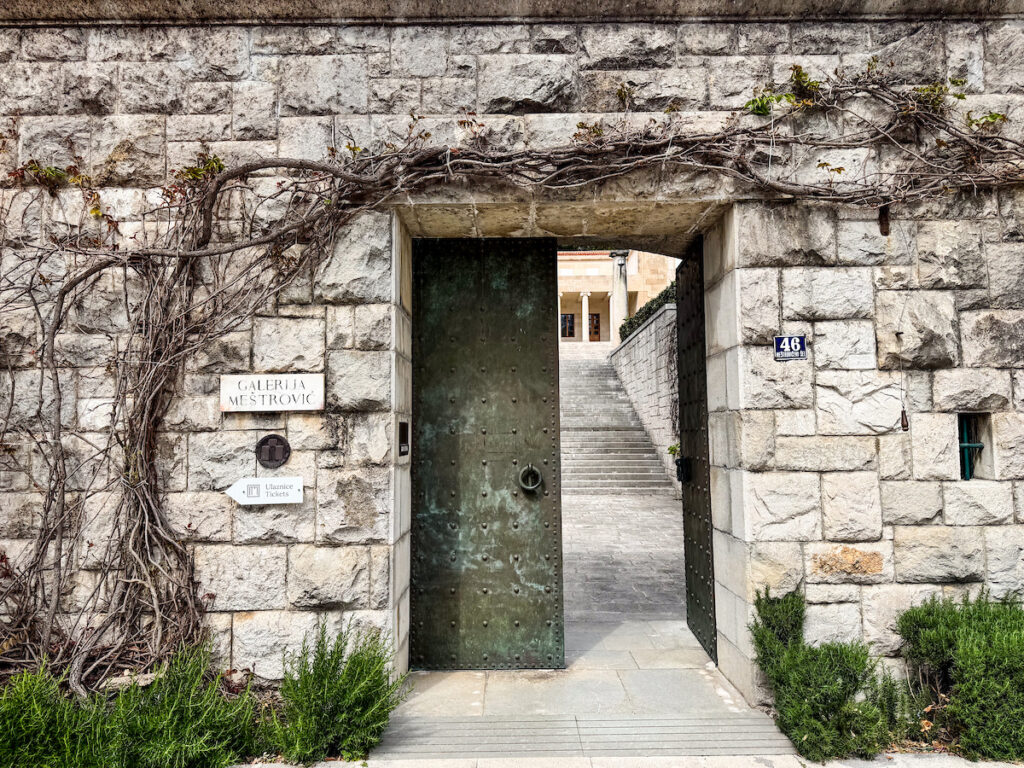
One of the most prominent Croatian artists during the 20th-century, Ivan Meštrović built the villa that is now the Galerija between 1931 and 1939 on purchased land on the Marjan peninsula, overlooking the Adriatic Sea. In 1952, Meštrović donated the property and 132 of his art works to the state, effectively creating his own art museum. The extensive collection includes sculptures, drawings, architectural designs, and furniture. Today, the Galerija holds 192 sculptures, 583 drawings, 4 paintings, 291 architectural plans, and 2 furniture sets.
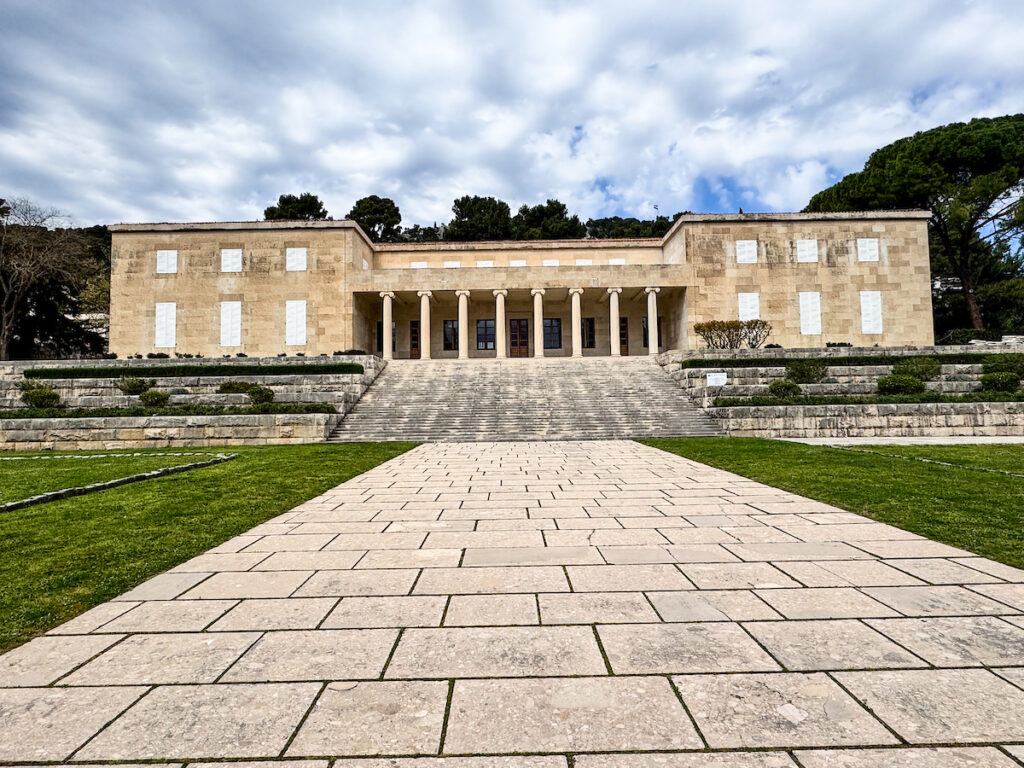
Bronze Sculpture Garden
Outside the Galerija is the Mediterranean garden, another exhibition space where bronze sculptures can be seen topped off with the backdrop of gorgeous greenery and the Adriatic Sea. The garden was designed according to Meštrović’s instructions and many Mediterranean herbs were planted.
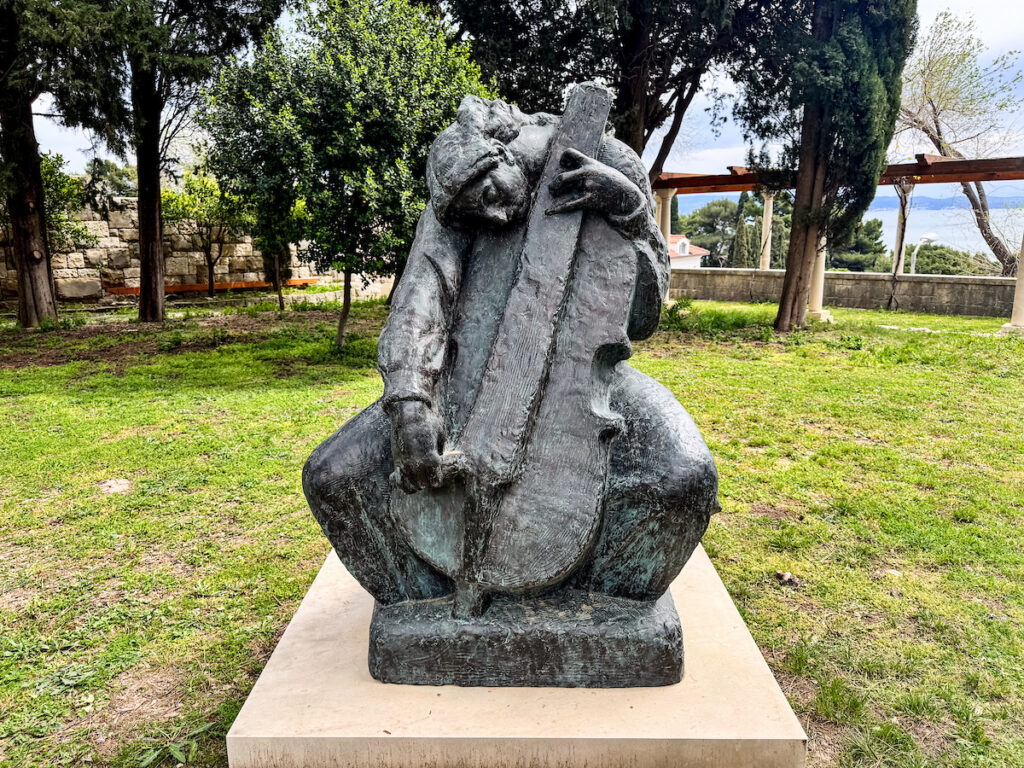
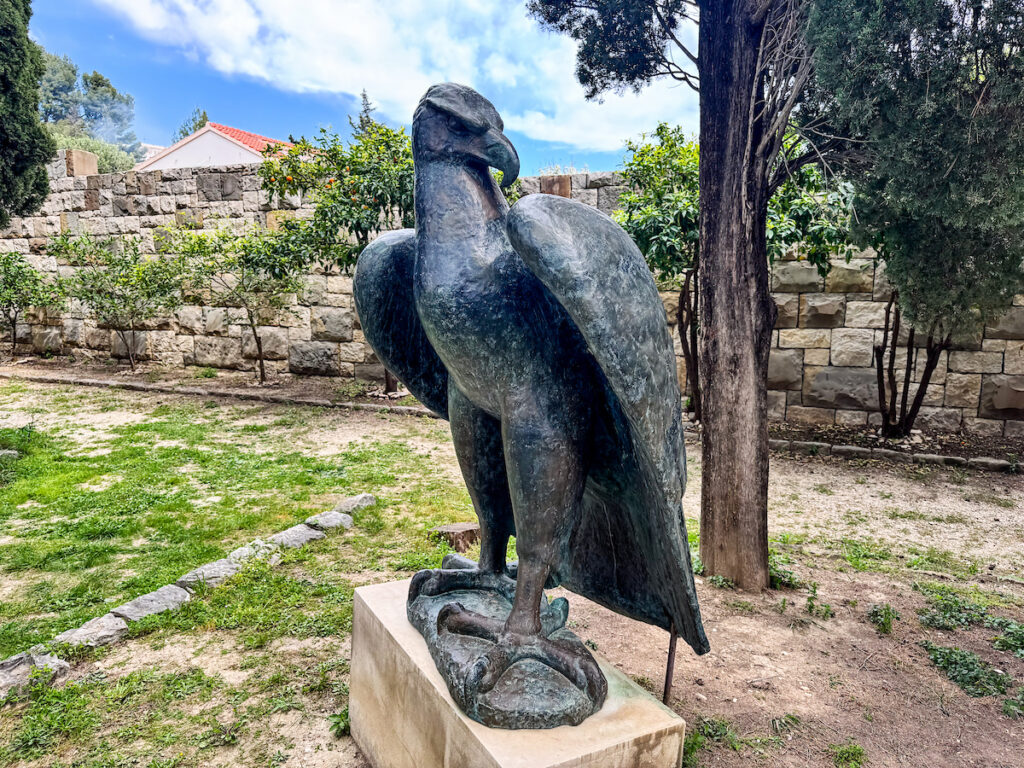
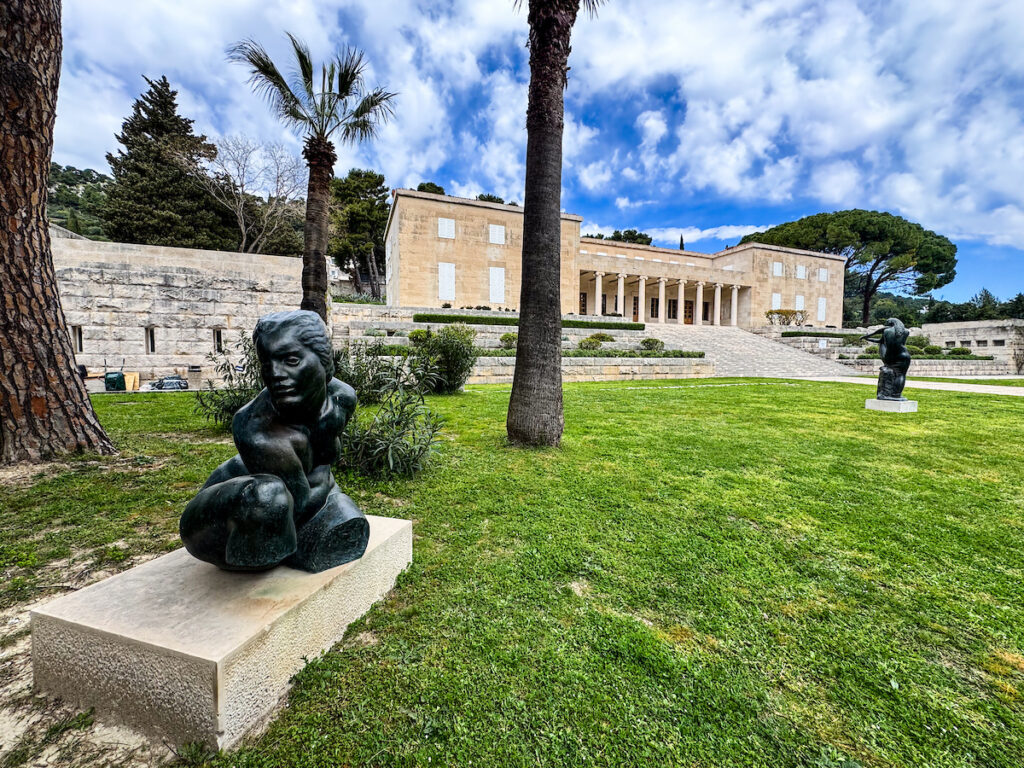
Crikvina – Chapel of the Holy Cross
Below the Marjan Peninsula, near the sea lies Kaštelet-Crikvine, a restored chapel that belonged to the lands’ previous owners in the 16th century. The chapel contains wooden wall panels carved by Ivan Meštrović. The structure is a rectangular elongated building, its inside all white except for the oak colored wall panels and dark wood ceiling. Jesus hangs on the cross above a small altar at the forefront of the room. The name Crikvina — meaning ‘the remains of old churches’ — comes from Meštrović’s belief that the land is filled with ruins of ancient churches.
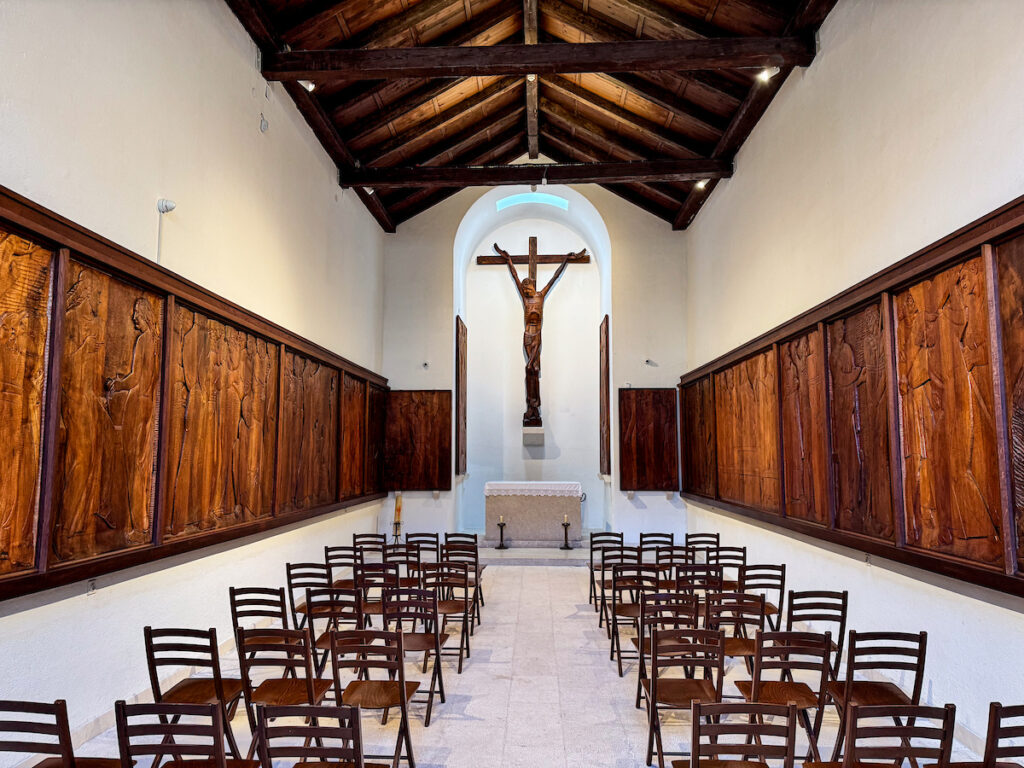
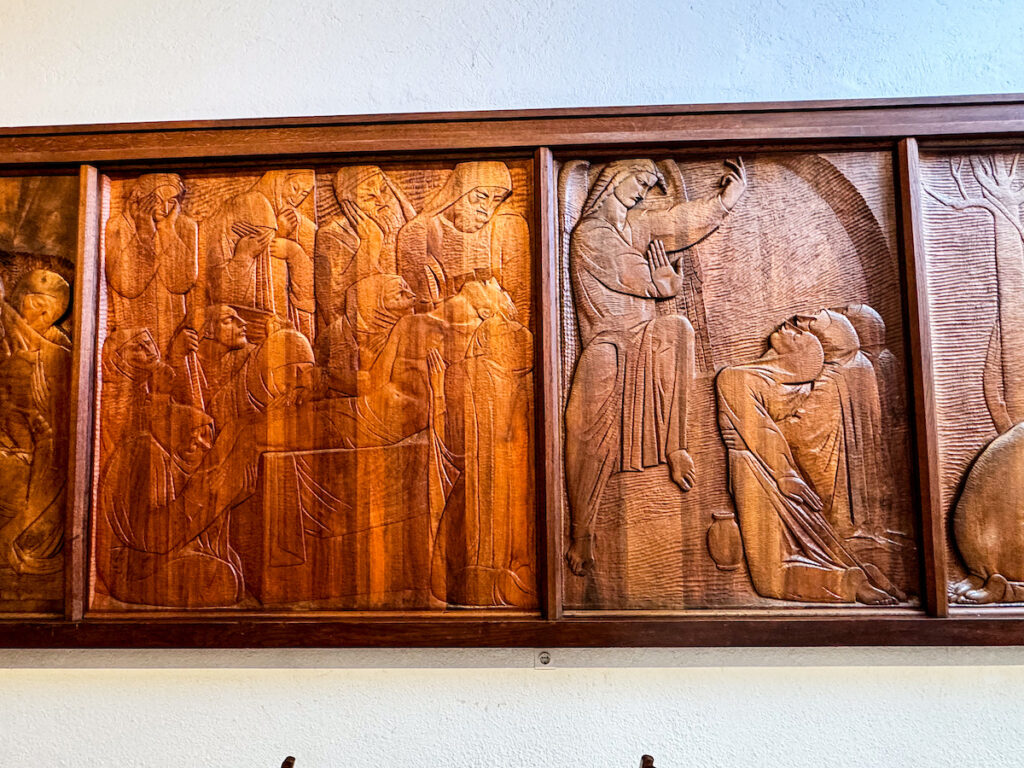
The Church of the Most Holy Redeemer
A huge cube building made of limestone and siltstone sits on a nearby 20 meter high hillside called Paraćeva glavica. This building was named The Church of the Most Holy Redeemer and serves as a tomb for Meštrović and his family members: mother Marta, father Mate, brothers Marko and Petar, son Tvrtko, and wife Olga. The architectural design was brought to life by architects Harold Bilinić, Lavoslav Horvat and builder Marin Marasović.
The beautiful domed ceiling was meant to be painted, but was never completed. The original sketches that remain on the ceiling depict what would have been prophets, spiritual leaders, and archangels. The array of different religious idols and depictions of spirituality leads many to believe that Meštrović intended to represent all the major world religions in this sacred space.
Images are carved into stone niches around the building. All four semicircular niches are embellished with Evangelists. The Eternally Crucified on the wings of the Seraphim is above the altar. The other niches display Nativity of Christ, the Annunciation, St. Mary and Angel Gabriel, Lamentation, and Souls of the Deceased.
The church is open Tuesday through Friday 10 AM – 6 PM, Saturday 10 AM – 2 PM, and closed on Sunday and Monday.

